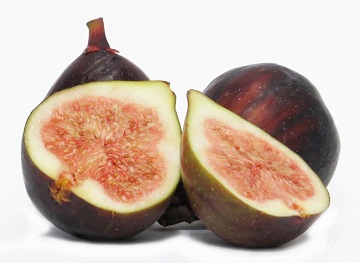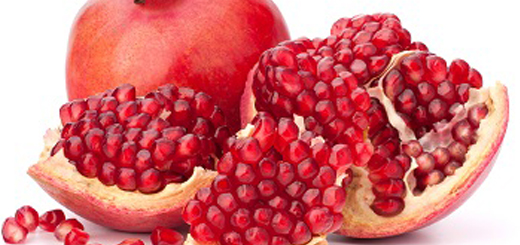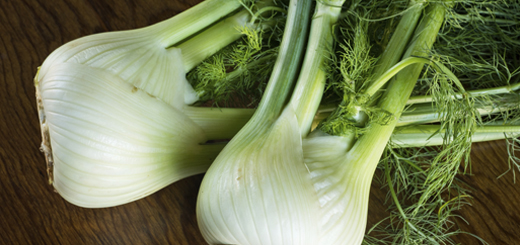In the Store with Sigona’s: Featuring Black Mission Figs
Gift of the Mediterranean: Luscious, Luscious Black Mission Figs
Diane Rezendes, food writer
 When we think of the bounty of our produce in California, the gifts of our Mediterranean climate come to mind easily and immediately: almonds, grapes, figs, and olives, to name four. This week we are focusing on figs – specifically organic Black Mission figs from Maywood Farms in Corning, just a couple hours’ drive from our stores.
When we think of the bounty of our produce in California, the gifts of our Mediterranean climate come to mind easily and immediately: almonds, grapes, figs, and olives, to name four. This week we are focusing on figs – specifically organic Black Mission figs from Maywood Farms in Corning, just a couple hours’ drive from our stores.
We’re in the midst of the second flush, or harvest, of figs (the first, in late spring, is called the breba crop. Those spring figs appear on the previous year’s growth. The second flush, the main crop, brings fruit on new growth). And did you know this? Technically, each fig is not a single fruit, but some 1,500 fruits: figs have no visible blossoms: the flower is inside the fruit.
Robbie Sigona is especially excited about Sigona’s approach to preparing figs. They don’t just taken them and put them on display. As Robbie puts it, “Nobody works figs like we do. We re-pack every basket to make sure the figs are ripe.”
Maywood Farms, just north of Sacramento, has had its organic certification since 1990 – at first, for 25 acres, and then expanding over the years. At 172 acres, it’s considered a mid-size farm. There are some 9,300 fig-growing acres in the state; these are responsible for the entire dried fig market in the US and 98% of all domestic fresh figs.
Owned and operated by Bob and Karen Steinacher, Maywood offers some of the best organic figs around, in a number of varieties. Bob handles the growing, sales and shipping; while Karen is in charge of picking and packing. Speaking of which, the work is particularly labor intensive. Each fig has to be hand-picked: the fruit does not ripen all at once. Only the skilled hand of the farmworker knows immediately whether the fig in hand is ready to be picked or needs to wait for another day.
Preparing:
You don’t have to peel figs. The skin is chock-full of nutrients. Cut them in half or just eat them out of hand. They lend themselves beautifully to appetizers and desserts.
We’ve got some luscious fig recipes for you this week. For some quick-prep ideas, try one of these: figs topped with a dollop of goat cheese, then drizzled with Sigona’s balsamic (you could reduce it over low heat to bring out a more saturated flavor). Intensify the fig taste with our fig balsamic, or try vanilla for a flavor contrast that is still sweet.
Or go with the classic – figs wrapped in paper-thin slices of prosciutto di Parma. Both of these preparations offer a nice contrast in taste and texture; both are simple to make and impressive on the plate. If company is coming, why not prepare some of each and plate them together to show off the contrasting colors? Or simply add figs to your cheese service, your serving plate garnished with some walnut halves and pistachios.
Our coupon this week is for a basket of Black Mission figs. And while you’re in the store, do check out our selection of dried figs. John Sigona works exceptionally diligently to make sure Sigona’s has the best, fancy-grade dried fruit and nuts you’ll find anywhere around.
Figs have been a part of sacred traditions for millennia.
During the ancient Olympic games, the Greeks presented figs to the winners, rather than medallions.
The first fig trees were planted in North America in the late 1760s by Franciscan missionaries, hence the name ‘mission fig.’ Within a hundred years, there were more than a thousand acres of fig trees in the Sacramento Valley.
The Buddha attained enlightenment while sitting under a Bodhi tree, also known as ficus religiosa, or holy fig.
Given that the fig grows so well in the Mediterranean, it’s not surprising that it has a place of importance in the Abrahamic religions that originated in that area. The Qur’an includes “swearing by the fig and the olive” (95:1). And the fig appears in many places throughout Jewish and Christian scripture. The story of Adam and Eve covering themselves with fig leaves is well-known to many, but not as many people know some scholars believe the fruit of the tree of knowledge of good and evil was not an apple, but a fig!











